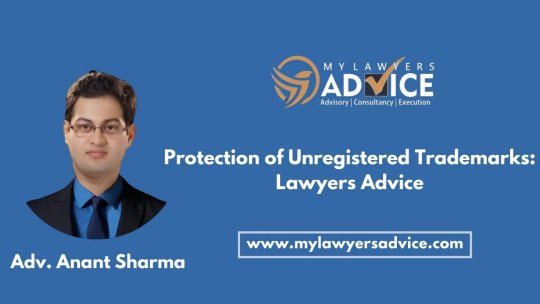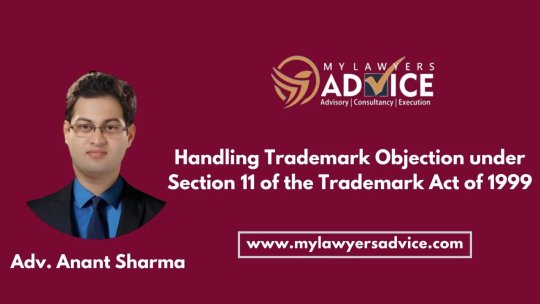#TO REGISTER TRADEMARK ONLINETOP ATTORNEY IN DELHI
Explore tagged Tumblr posts
Text
Protection of Unregistered Trademarks | IP Attorney in Delhi NCR | IP Lawyer in Delhi NCR |

Even if an unregistered mark lacks the legislative protection that registered marks have, the law recognises unregistered marks that have gained ample reputation without registration. In the event that a registered mark is misappropriated, the right holder may file a trademark infringement lawsuit against the infringer. However, the right holder is entitled to seek protection under the rule of passing off for the infringement of unregistered marks. The idea that “a man should not sell his goods under the false illusion that they are the goods of another man” underpins a claim for passing off. The passing off law prohibits one individual from misrepresenting the goods or services of another. Passing off is a type of unfair trade competition in which one person attempts to benefit from another’s popularity in a specific trade or industry. The central issue in this tort is if the defendant’s actions deceive or mislead the general public, causing uncertainty between the two industries’ operations. Read more
#BEST LAWYER FOR TRADEMARK REGISTRATION IN GURUGRAM#BEST TRADEMARK ATTORNEY NEAR METOP ATTORNEY IN DELHI#FOR TRADEMARK AND LOGO REGISTRATIONTOP ATTORNEY IN DELHI#TO REGISTER TRADEMARK ONLINETOP ATTORNEY IN DELHI#TO TRADEMARK MY COMPANY NAMETOP ATTORNEY IN DELHI#TO TRADEMARK MY LOGOTOP LAWYER FOR TRADEMARK REGISTRATION IN DELHI#TOP LAWYER FOR TRADEMARK REGISTRATION IN GURUGRAM
0 notes
Text
Handling Trademark Objection under Section 11 of the Trademark Act of 1999 | IP Attorney in Delhi NCR | IP Lawyer in Delhi NCR |

The relative grounds for denial of registration are outlined in Section 11 of the Trade Marks Act of 1999. The aim of this provision is to safeguard the interests of registered trademark owners. The Section 11(1) states that if the public is likely to be misled by a mark that is identical or similar to an earlier trademark, and a subsequent mark for such goods/services is identical or similar to the goods/services represented by an earlier mark, the latter mark shall not be registered. As a result, if the subsequent mark is identified with the public as an earlier mark, the resemblance between the marks is likely to create confusion and thereby bring on lawsuits. As a result, if the subsequent mark is identified with the public in the same way as an earlier mark, the resemblance between the marks is likely to create confusion, bringing it into the reach of Section 11 (1). There is no need to prove uncertainty when the goods/services are similar. However, if there is a possibility of confusion between an earlier and subsequent trademark and the goods/services are similar or identical, the likelihood of confusion must be established. Read more
#TO REGISTER TRADEMARK ONLINETOP ATTORNEY IN DELHI#FOR TRADEMARK AND LOGO REGISTRATIONTOP ATTORNEY IN DELHI#BEST TRADEMARK ATTORNEY NEAR METOP ATTORNEY IN DELHI
0 notes